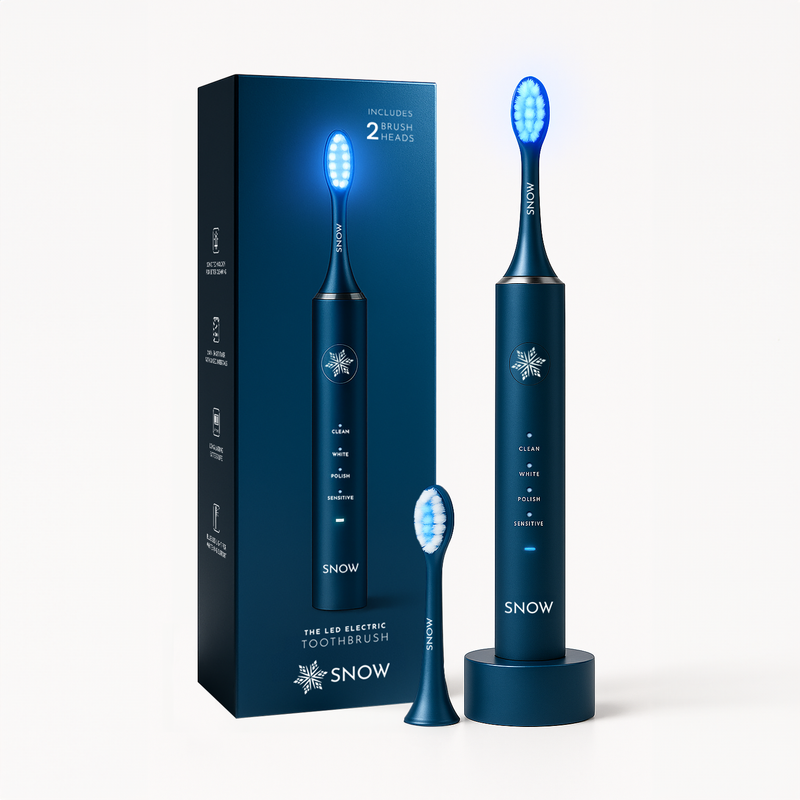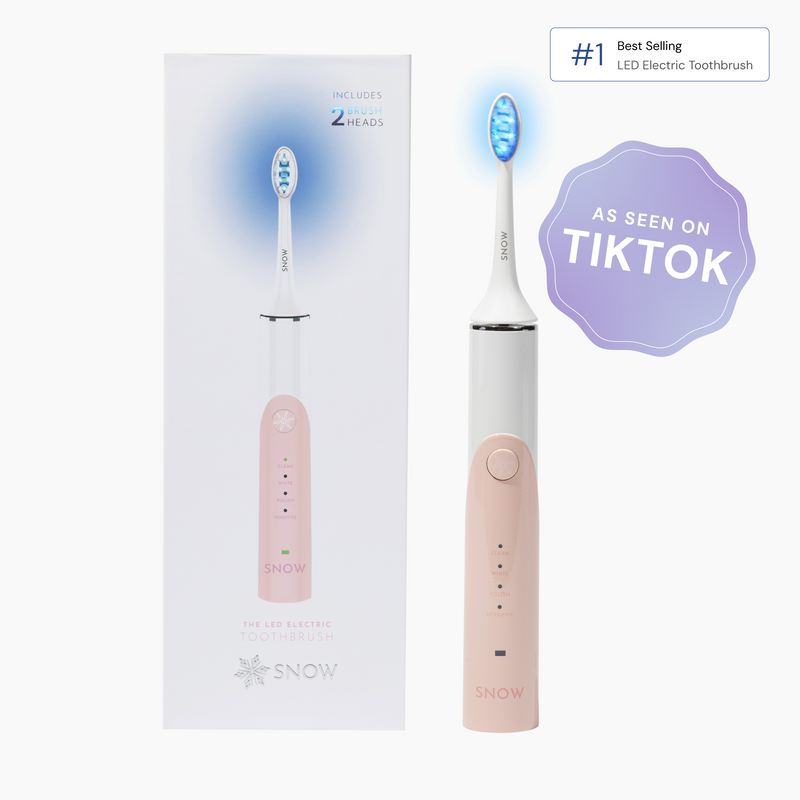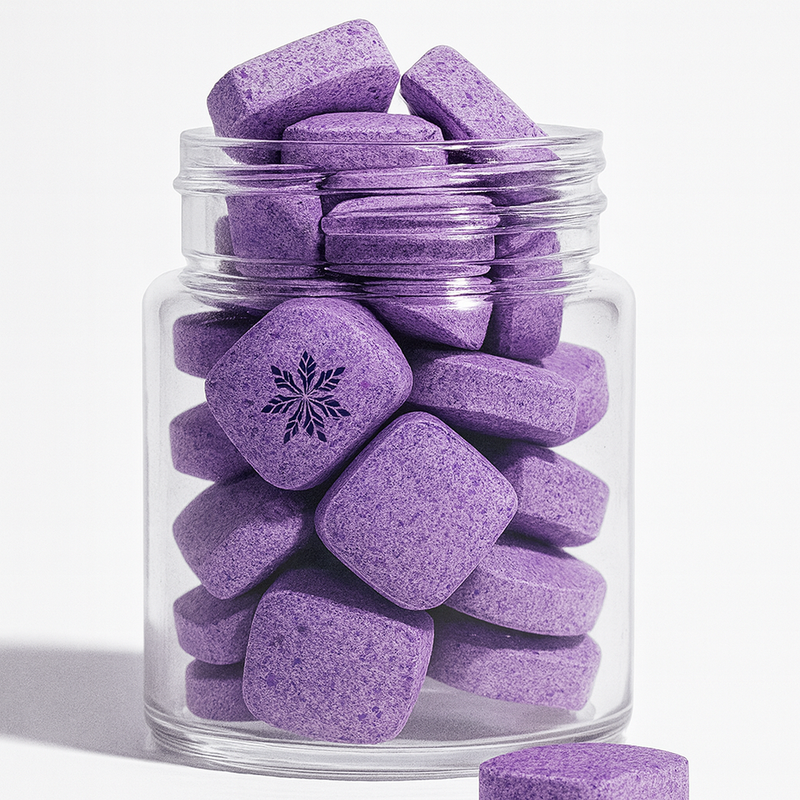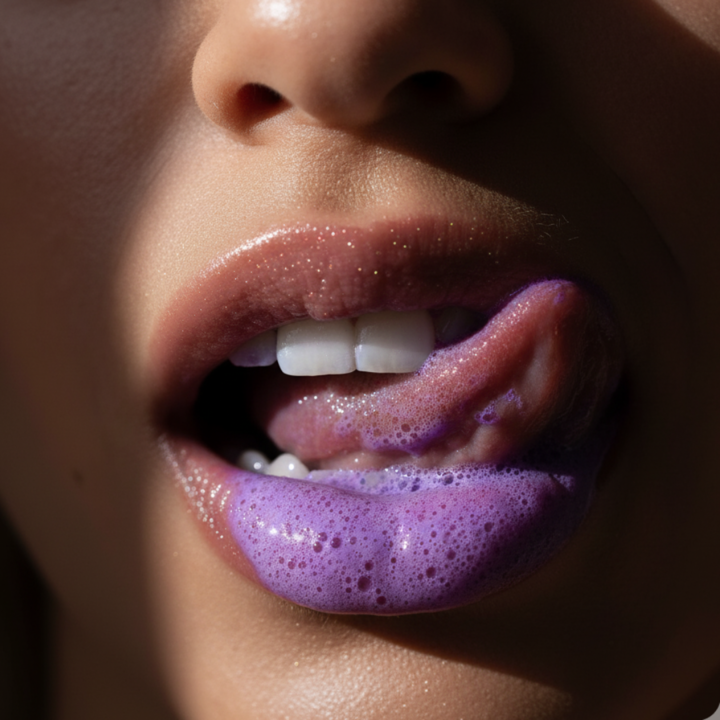
Introduction
There has been an ongoing debate for many years about the significance of breastfeeding both on the mother and the child. People weigh the pros and cons, and though there has been a general consensus that breastfeeding is overall beneficial, much can still be learned about the effects of breastfeeding.
For the purpose of this article, the results of breastfeeding on jaw and oral development will be examined, along with some of the similar effects that a mother can experience while breastfeeding. While you read, it is important to remember that all of these factors interact with each other and that there is no singular cause-and-effect.
What Goes on During Breastfeeding?
First, let us talk a bit about the mechanics behind breastfeeding for the child and mother. Understanding this process is key to analyzing any future impact, whether it be short or long-term.
For the Child
When a baby is breastfeeding, it involves a multifaceted system of sucking, swallowing, and breathing. The baby latches onto the breast and it is pulled far into the baby’s mouth, conforming to the natural shape of the palate (roof of the mouth), which does not occur when they are bottle-fed.
The molding of the tongue against the contours of the mouth is crucial in the development of the:
- Oral cavity
- Jaw
- Facial shape
- Airways
Breastfeeding vastly improves the chances that this will occur within the norm and avoids most of the potentially harmful effects that come from bottle feeding.

Before a baby can breastfeed, it must first properly latch on. This involves the muscles of the jaw because the muscles need to be strong and accurate enough to locate and adhere the mouth to the nipple itself. Breastfeeding allows the baby to practice and perfect these methods—an opportunity not given when being bottle-fed.
The sucking motion itself is also very important. It involves a peristaltic-like motion (contraction and release of the muscles) in the oral cavity that allows the baby to draw the milk from the breast. This motion is not present when a baby is bottle-fed, which results in its own set of future developmental consequences.
For the jaw, however, the mechanics of this sucking are extremely beneficial. The constant back-and-forth motion of the jaw that occurs during breastfeeding strengthens the muscles and can even lead to a more defined jawline. In short, it alters the structure and strength of your face.

For the Mother
Breastfeeding does not just affect the infant, however, as moms are impacted by the process as well, including safe teeth whitening while breastfeeding.
During pregnancy, a mother’s body has a different set of needs than it does post-birth. This transference is what leads to potential problems—along with the benefits, of course—concerning their oral health.
Once a mother starts producing milk (called lactation):
- more calcium is sent into the bloodstream from their bones, and
- less calcium is released from the kidneys
- This is so that the breastmilk receives the bulk of a mother’s calcium
While the process is generally a good thing, it also has the potential to lead to harmful imbalances—we will explore those later, but first let us focus on the babies.
Why is This Better Than Bottle Feeding?
Conversely, bottle feeding does not allow for the same sucking motions as breastfeeding. Rather than forming a perfect contour of the baby’s mouth, the unnatural shape of bottles and artificial nipples causes the baby’s mouth and jaw to develop in an irregular shape.
Bottle feeding and feeding from artificial nipples work differently because the artificial apparatuses are not as malleable as a human breast.
Because the baby’s mouth and jaw are forced to conform to this shape, it can affect the way future teeth come in, often causing them to be crooked or misaligned—this is known as malocclusion.
The Pros of Breastfeeding on Jaw Development
Once again, opting not to breastfeed leads to problems for both mother and child, while breastfeeding offers a myriad of oral benefits. However, there are other anatomical outcomes to be considered as well.
Overall Prognosis
Children who have been breastfed have a markedly better prognosis in terms of oral development. They are less likely to experience:
- Improperly spaced teeth
- Speech impediments
- Eating impediments
- Harmful oral bacteria
- Orthodontic intervention
These effects depend largely on when and how long a baby is breastfed. Those who are breastfed later than the recommended six months to two years are significantly more likely to develop problems, and the risk continues to increase with time. The fewer months breastfeeding occurs outside this time frame, the better the prognosis.
The Transition to Solid Food
Another benefit of breastfeeding on the jaw is that the act of sucking facilitates muscle memory. In fact, the mouth’s motion patterns have continued effects on a child’s ability to chew throughout their lives because of the repositioning of the tongue and subsequent palatal structure.
Those who are breastfed master the same tongue motions and positioning required for chewing and swallowing as infants, which makes the transition to real food easier. Breastfeeding causes the tongue’s posture to move backward, which is optimal for solid foods.
Speaking and Breathing
Future vocal emissions and breathing are also impacted by breastfeeding. When the jaw, mouth, and teeth are formed correctly, it helps the baby by:
- Teaching it to breathe and feed at the same time
- Allowing the palate to develop enough space to make vocalizations
- Aligning the teeth to facilitate accurate speech production
- Creating a “U-shaped” rather than “V-shaped” dental arch of the palate
- This helps with nasal breathing
- Can prevent sleep apnea (snoring) later in life
Clearly, the jaw structure positioning in relation to the palate has a significant impact on the child’s future ability for respiration and vocalization.
Fighting Bacteria
Though there has been much speculation on the effects of the milk itself on the teeth and jaw, studies have shown that breastmilk produces lactoferrin, which actually fights the buildup of bad bacteria in an infant’s mouth. The type of bacteria that this fight is correlated with tooth decay and cavities.
Another benefit of breastfeeding is that the milk contains calcium, which further fortifies the dentition. Children who develop healthy and strong teeth that protect themselves against the aforementioned oral problems are also protecting their jaws, as these complications have the potential to spread to the jaw itself when left untreated.
The Cons of Choosing Not to Breastfeed

As many advantages as there are that come along with choosing to breastfeed, choosing not to has its own lengthy list of medical complications for the baby.
Malocclusion
This is a big one. The most pronounced and well-known effect of choosing not to breastfeed is malocclusion, which is more likely to occur with babies who are not breastfed. This is due to the abnormal formation of the jaw and oral cavity that comes with feeding, both from a bottle or an artificial nipple.
Though excessive periods of breastfeeding cause harm, each extra month within the normal timeframe (six months to two years) helps fight malocclusion. This means that the longer a child is breastfed, the less likely they are to experience crooked teeth later in life—this means they will not typically need braces.
Some types of malocclusions include but are not limited to:
- Reduced arch width
- As seen with “V-shaped” palates
- Crossbite
- Seen when the upper and lower teeth do not align correctly in a rested position
- This is evidenced by the upper teeth fitting *behind* the lower teeth rather that in front
- Tongue thrust swallow
- Resulted from improper tongue posture
- Rather than the tongue moving backward (during breastfeeding), it moves forwards (during bottle feeding)
- Deviated jaw positioning
- Because of the lack of peristaltic movements (which you get from breastfeeding)
- The jaw does not move forward as far as it is supposed to
- Leads to facial imbalance
When infants develop malocclusions, the penalties can spread to affect other parts of the mouth and, consequently, the jaw.

Though their merchandise is not recommended for children, once they reach a certain age they can use a Limited Series Wireless Teeth Whitening System. It is not only portable, but also safe for braces, offers a dual-light feature for gum health, and good for those with tooth sensitivity.
Tooth Decay
This one is lesser known. As mentioned before, there are bacteria present in breastmilk that fight against tooth decay. Before bottle-feeding became popular, infant tooth decay was rare. The baby’s feeding position and formula composition during bottle feeding, however, can facilitate decay.
This is because the liquid from the bottle pools in the mouth, there is prolonged exposure to its contents. Aside from water, it is unhealthy for baby teeth to become saturated in anything—especially if it contains sugar, which produces acid that furthers tooth decay.
Without breastfeeding:
- The baby does not receive the bacteria-fighting lactoferrin found in breastmilk
- Positively correlated with tooth decay
- The baby runs the risk of bacteria buildup from the mother or caregiver’s saliva
- This can happen when “testing” the bottle or putting the baby’s pacifier in your mouth
- The baby is more likely to experience decay, even if not genetically predisposed
- Genetic predisposition is one of the main causes of tooth decay, whether or not the infant is breastfed

The good news about this is that mothers have the ability to counteract the spread of bacteria through saliva by maintaining good dental hygiene. Daily maintenance and use of protective oral products, such as a Desensitizing Serum, can restore vitamins and minerals lost to breastmilk and act as a preventative measure towards any harmful bacteria that can be passed on to the baby.
Another supplemental product that you could use is Teeth Whitening Toothpaste, which can be used to further eliminate bacteria from saliva—use it before nighttime feedings to assure that there will be no cross-contamination.
Cavities
The last consequence to be discussed for the child is the potential for developing cavities. Cavities have been linked to:
- Sleep-disordered breathing (such as apnea)
- Lack of calcium and other tooth-strengthening components
- Such as those found in breastmilk
- Crowded teeth
- Teeth sensitivity
- This can spread to the jaw if left untreated
- Improper dental hygiene
- Can result in cavity-causing plaque and bacteria buildup
Clearly, there is substantial symptom overlap between the incidence of cavities and the other risks that come from choosing not to breastfeed. This is further evidence that breastfeeding, jaw, and oral complications play off of each other to create unhealthy development in these areas.
What Can a Breastfeeding Mother Do?
Aside from the act of breastfeeding itself, there are other precautions new moms can take to prevent future jaw and oral problems in their babies.
Increasing calcium intake assures that both the baby *and* the mother are receiving enough. Taking prenatal or other multivitamin supplements that contain it will help strengthen their enamels, which builds teeth resilience.
Discouraging the use of bottles, pacifiers, and thumb-sucking behavior promotes healthy jaw development and a better prognosis for any future oral consequences. This is frequently very difficult, yet important. Keeping a close eye on her baby’s behavior, especially throughout the feeding process, will allow a mother to recognize where and when problems may occur.
Adapting a strict oral care regimen fights off bacteria that could lead to cross-contamination between the mother and her baby. Regular teeth-brushing and disinfecting are important for the mom, while a more gentle cleaning with water and a soft cloth is preferable for the infant.
Final Thoughts
To conclude, being breastfed is the far superior choice for a both new mother and her child. Along with the physiological and psychological benefits that breastfeeding facilitates, it also has benefits for jaw development and overall oral health.
Unless there are medical complications that prevent sufficient breastfeeding behaviors, breastfeeding acts as a baby’s number one promotor for these areas of development. Choosing to bottle feed instead can lead to many problems, including malocclusion, jaw deformation, tooth decay, and an increased risk of cavities.
When it comes to feeding your baby, “breast is best”!





































































